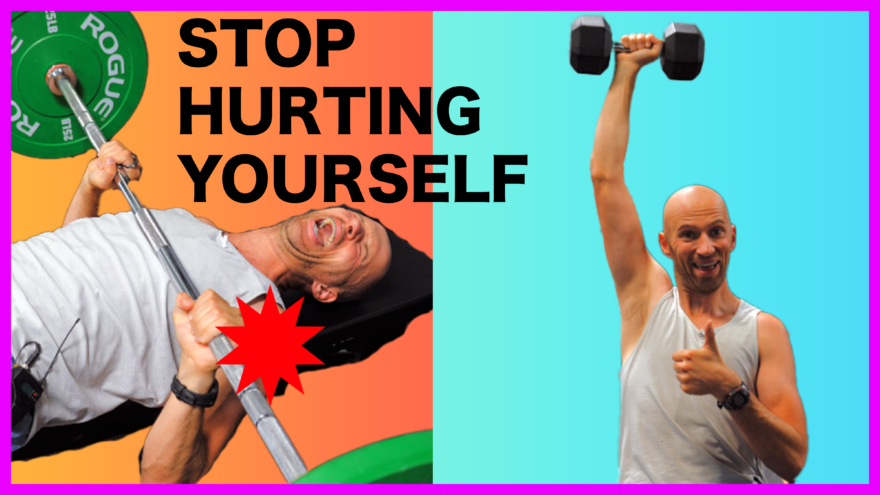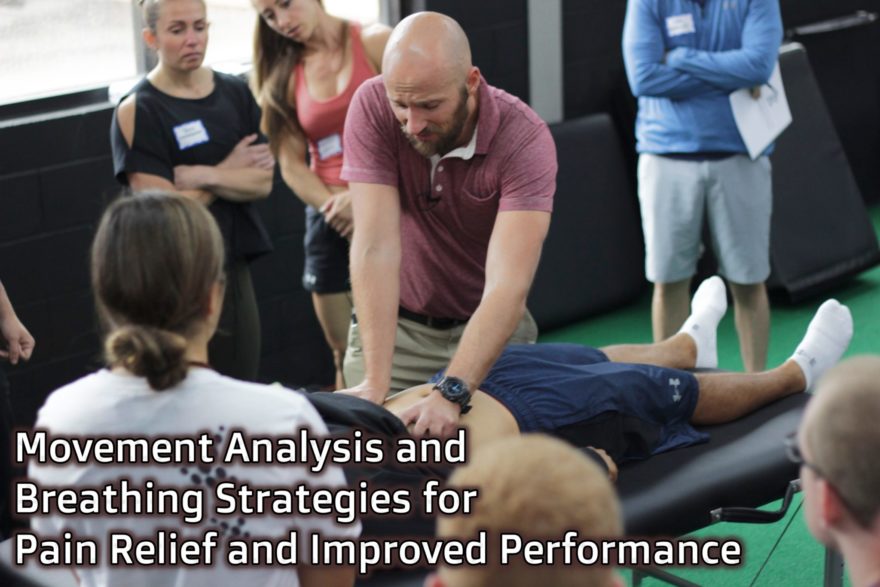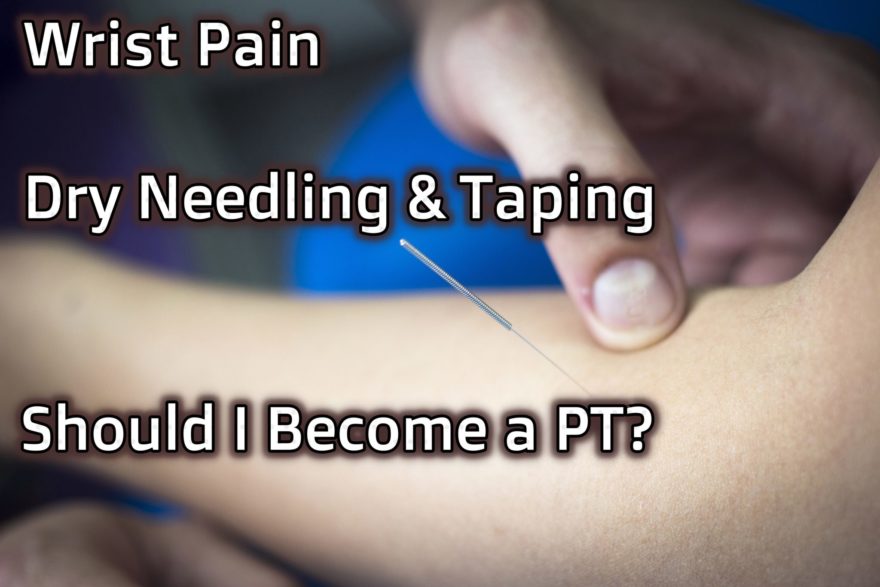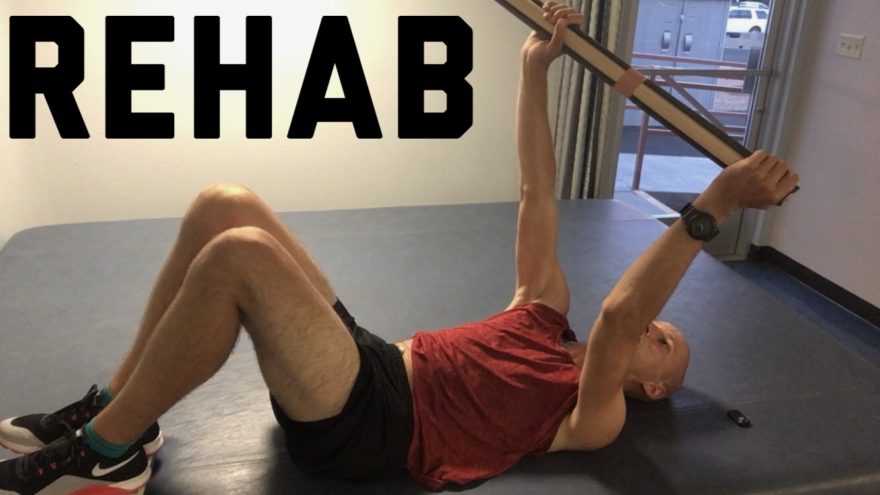Tag: PT

Activity Modification When You Are Hurt – 3 Most Effective Ways
How doing less can actually help you move more Have you ever tried to rehab someone in pain, but their…

Bridging the Gap Between Table Testing and Training
Many of the moves we use to improve range of motion are a little weird. What if I have a…

The Student Loan Problem
If you are struggling with student loans, let this be your guide to debt freedom

Movement Analysis and Breathing Strategies for Pain Relief and Improved Performance
Chris, a high level mountain biker, at first didn’t believe someone could help him move better over the internet. He…

Wrist Pain, Dry Needling & Taping, and Should I Become a PT? – Movement Debrief Episode 90
Movement Debrief Episode 90 is in the books. Below is a copy of the video for your viewing pleasure, and…

The Guide to Physical Therapy School
So peeps, I’m going on vacation this week. So instead of a debrief, I present to you the first legit…

All Gain, No Pain Book Review
For those of you who don’t know, my colleague, mentor, friend, and Daddy-O Pops Bill Hartman is about to release…

Kinesiotape, Managing Performance Teams, and More – Movement Debrief Episode 14
Movement Debrief Episode 14 happened yesterday, and it was a good ol’ fashioned reader Q&A. Here’s what we talked about:…

How to Design a Comprehensive Rehab Program
Just when I thought I was out, the clinic pulls me back in. Though I’m glad to be back. There’s…

Teaching Movement, Expanding PT, Embracing Failure: Movement Debrief Episodes 2 & 3
Here are this week’s Movement Debriefs. I’m hoping to get on a regular schedule once I get settled into my…
The End of Pain
I’m Done Treating Pain. Yes. You read that correctly. I’m over it. Several different thoughts have crept into to my…
